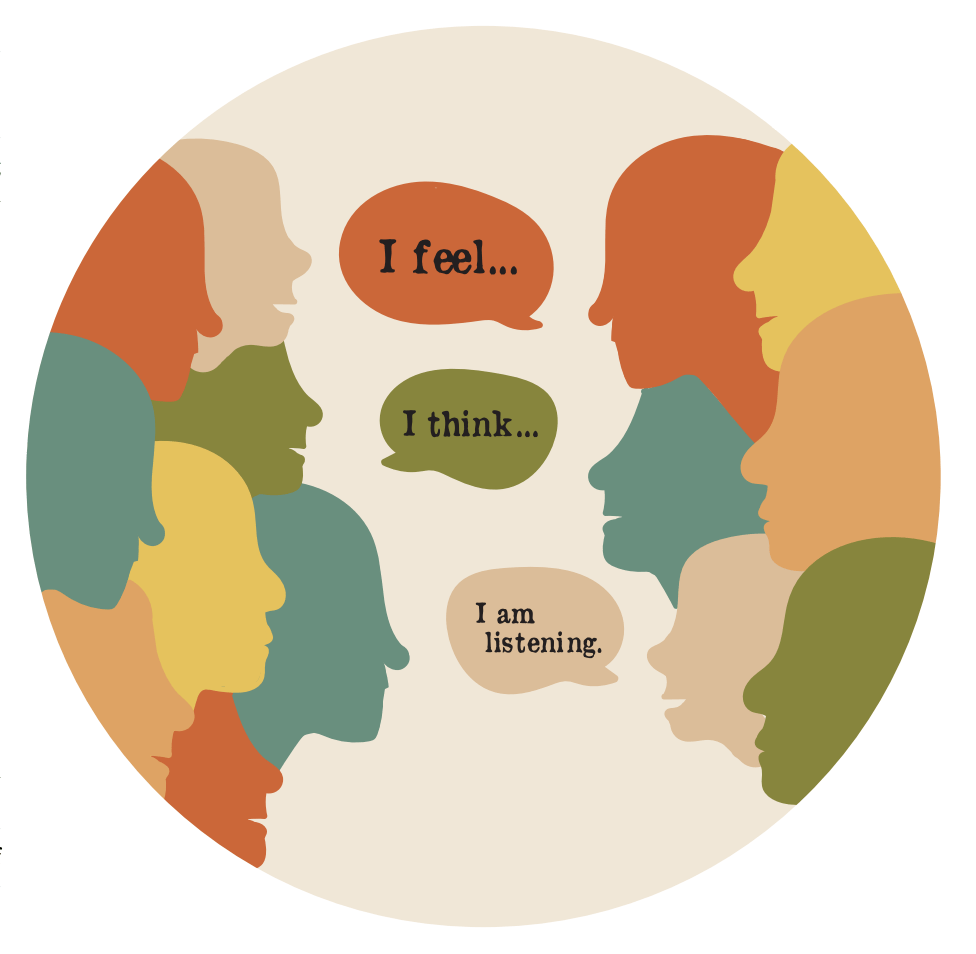Restorative Conversations
 Restorative conversations are a key component of the restorative behaviour approach used at Meadows Primary School and Nursery. This method focuses on repairing harm and restoring relationships rather than a more traditional view of simply providing consequence for behaviour which does not meet our Meadows expectations.
Restorative conversations are a key component of the restorative behaviour approach used at Meadows Primary School and Nursery. This method focuses on repairing harm and restoring relationships rather than a more traditional view of simply providing consequence for behaviour which does not meet our Meadows expectations.
It involves a structured dialogue between the pupil whose behaviour has fallen short of expectations and a teacher or other appropriate adult. The goal is to help the child understand the impact of their actions, take responsibility, and find ways to make amends.
Why Use Restorative Conversations?
At Meadows Primary School and Nursery, restorative conversations are used to foster a supportive and inclusive school environment. This approach aligns with the school’s commitment to nurturing positive relationships and promoting emotional well-being among our children. By addressing the root causes of behavioural issues and involving children in the resolution process, the school aims to create a more empathetic and understanding community.
Benefits of Restorative Conversations
- Improved Behaviour: Restorative conversations help children understand the consequences of their actions, leading to better self-regulation and reduced instances of misbehaviour.
- Enhanced Relationships: By focusing on repairing harm, these conversations strengthen relationships between children and between children and staff.
- Empathy and Responsibility: Children learn to empathise with those affected by their actions and take responsibility for making things right.
- Conflict Resolution Skills: This approach equips children with the skills to resolve conflicts constructively, which can be beneficial throughout their lives.
- Positive School Climate: A restorative approach contributes to a more positive and supportive school climate, where children feel valued and understood.
Structure of Restorative Conversations
Restorative conversations at Meadows Primary School and Nursery follow a structured format to ensure they are effective and meaningful. The typical structure includes:
- Setting the Scene: The conversation begins in a calm and quiet setting where the child feels safe and respected.
- Exploring the Incident: The adult asks the child to describe what happened, encouraging them to reflect on their actions and the events leading up to the incident.
- Understanding Impact: The child is guided to consider how their behaviour affected others, fostering empathy and awareness.
- Taking Responsibility: The child acknowledges their role in the incident and is encouraged to take responsibility for their actions.
- Making Amends: Together, the child and adult discuss ways to repair the harm caused and agree on steps the child can take to make things right.
- Future Planning: The conversation concludes with a discussion on how the student can avoid similar behaviour in the future, setting goals and strategies for improvement.
By integrating restorative conversations into our behaviour management strategy, Meadows Primary School and Nursery not only addresses behavioural issues but also promotes a culture of respect, responsibility, and emotional growth among our children. This holistic approach ensures that children are not only academically prepared but also emotionally resilient and socially responsible.


